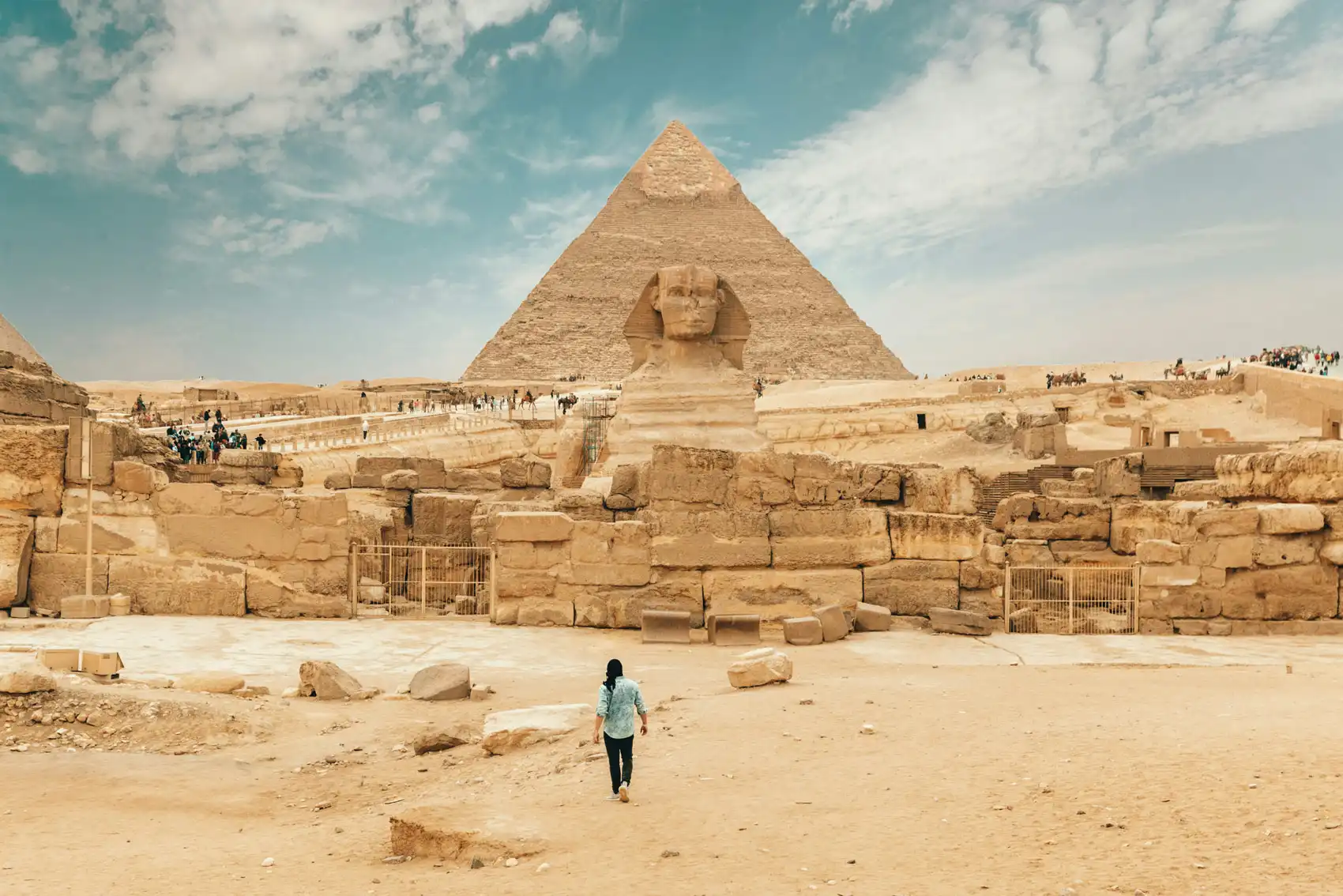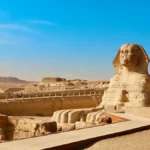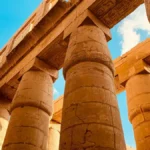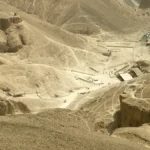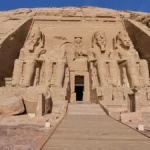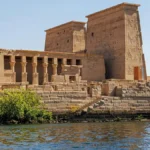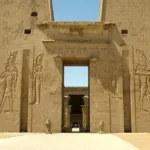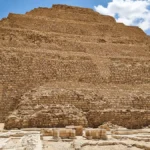Unveiling Ancient Wonders: Your Ultimate Guide to Historical Places in Egypt
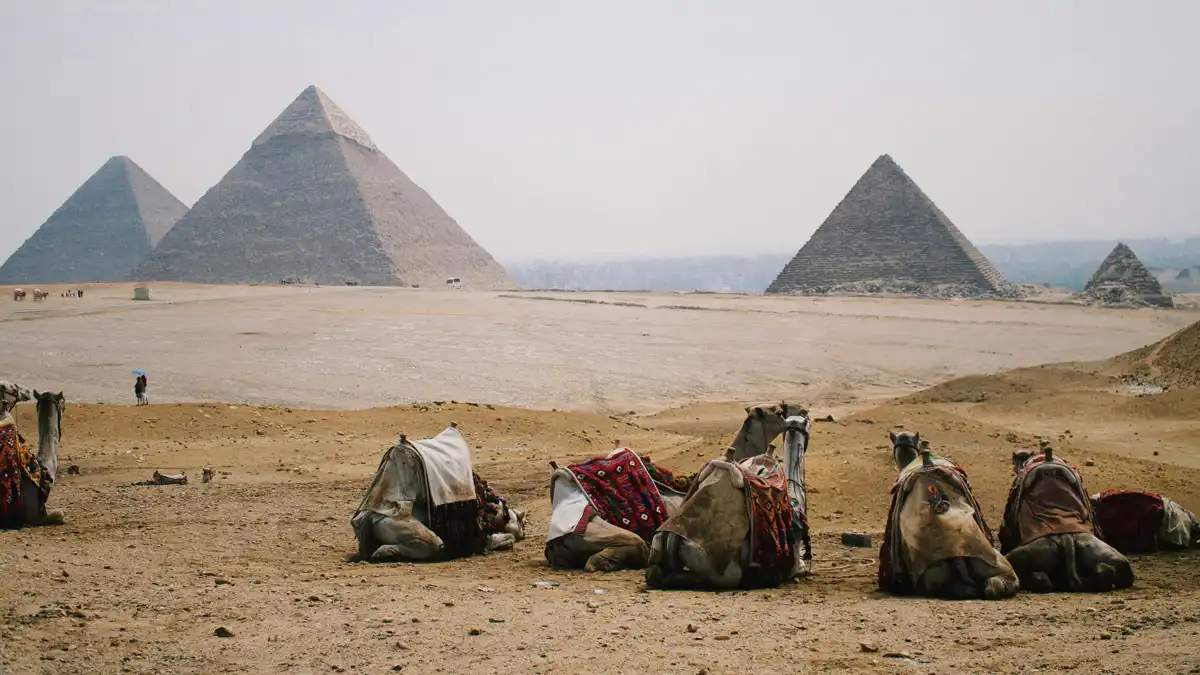
The Iconic Wonders: Must-Visit Historical Places in Egypt
No trip to Egypt is complete without witnessing the grandeur of these legendary sites, which stand as enduring testaments to the ingenuity and spiritual devotion of the ancient Egyptians.The Great Pyramids of Giza & The Sphinx
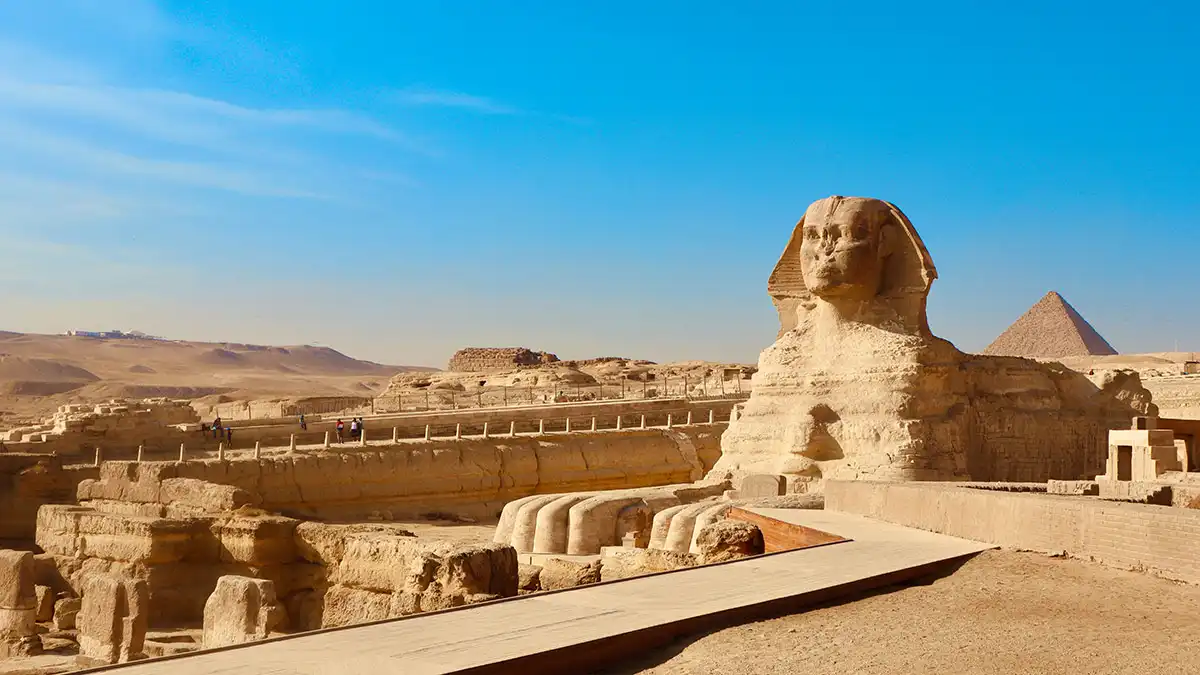
Tips for Visiting Giza:
- Arrive early to beat the crowds and the heat.
- Consider a camel or horse ride for unique photo opportunities (negotiate prices beforehand).
- You can pay extra to go inside one of the pyramids, though it’s often small and unadorned.
Luxor: The World’s Largest Open-Air Museum
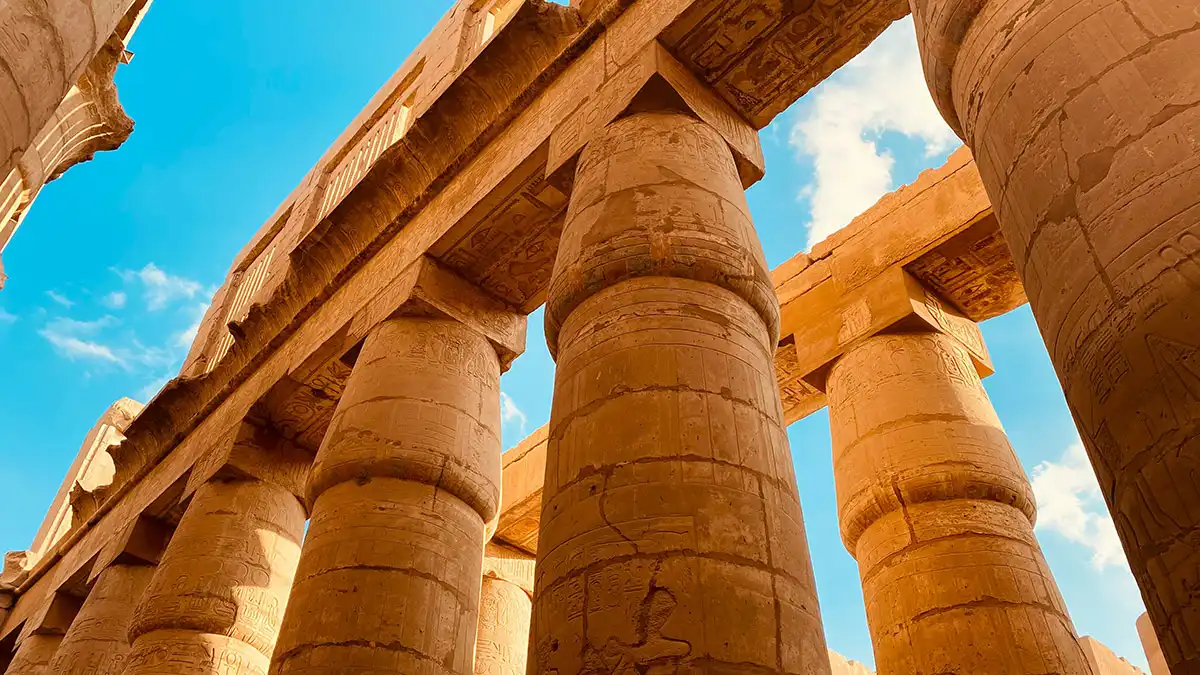
- Karnak Temple Complex: More than just a temple, Karnak is a vast complex of sanctuaries, kiosks, pylons, and obelisks dedicated to the Theban triad. Its sheer scale and the intricate details of its hieroglyphs are breathtaking.
- Luxor Temple: Located closer to the city center, this beautiful temple is particularly stunning at sunset when its illuminated columns cast dramatic shadows.
The Valley of the Kings
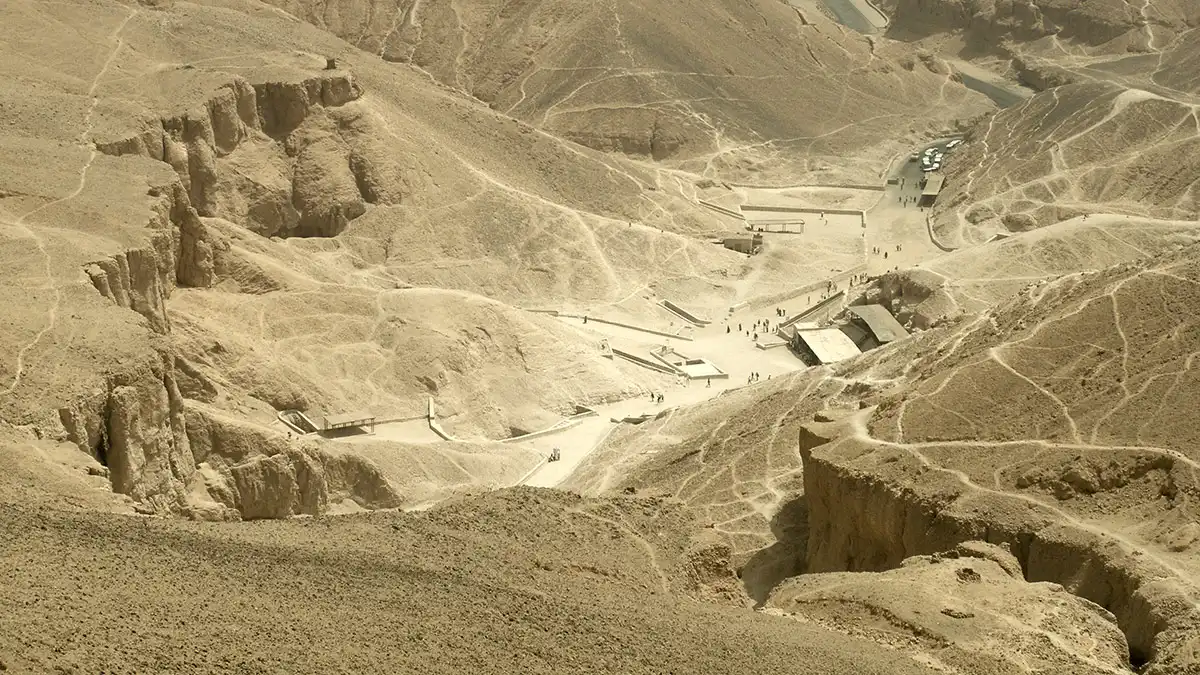
Abu Simbel Temples
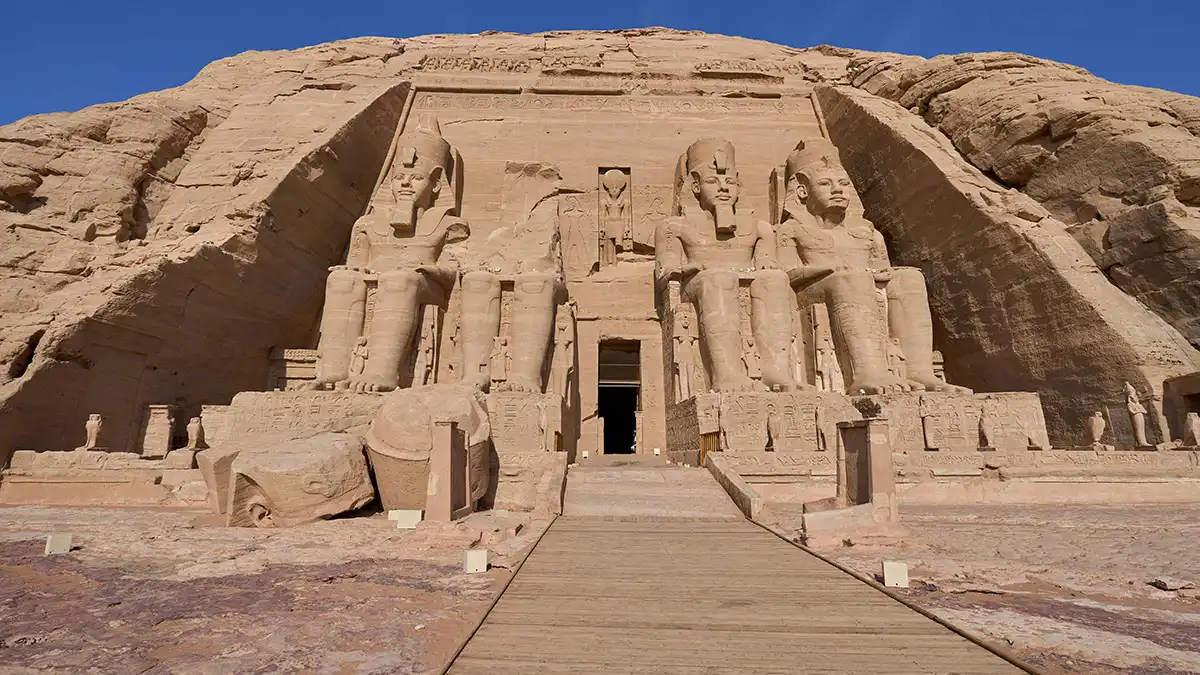
Aswan: Philae Temple & Unfinished Obelisk
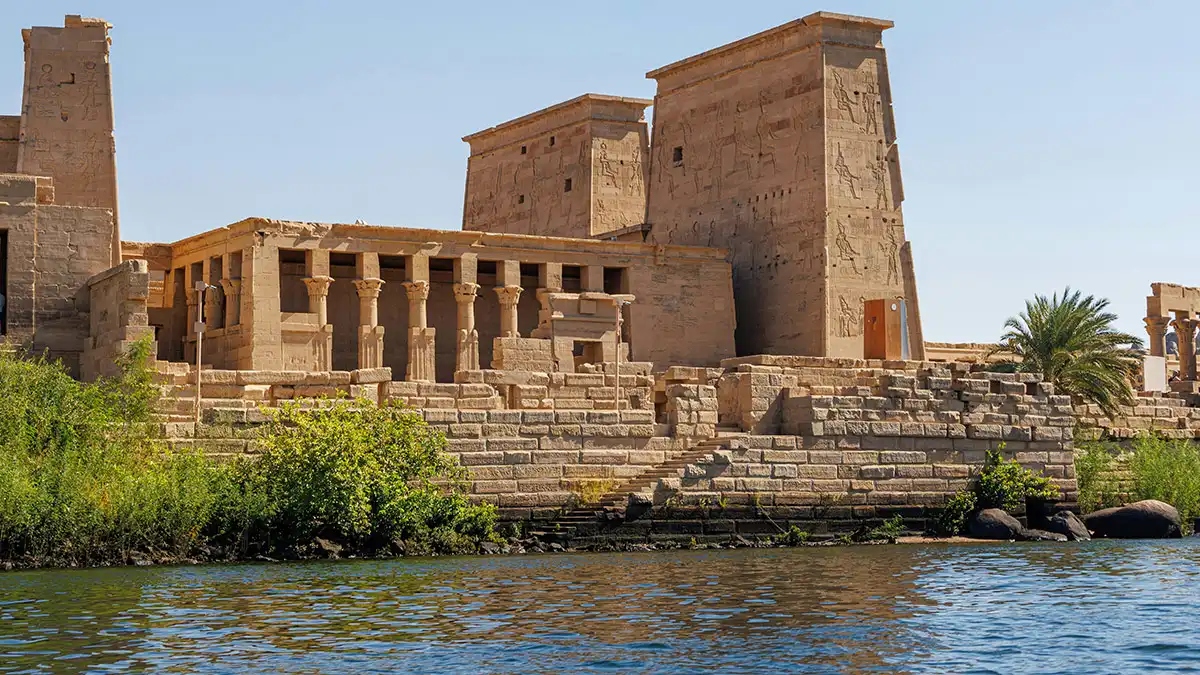
Delving Deeper: Lesser-Known Historical Gems in Egypt
While the major sites are undeniably spectacular, Egypt boasts countless other fascinating historical places that offer a more intimate glimpse into its past, often with fewer crowds.The Temple of Edfu & Kom Ombo
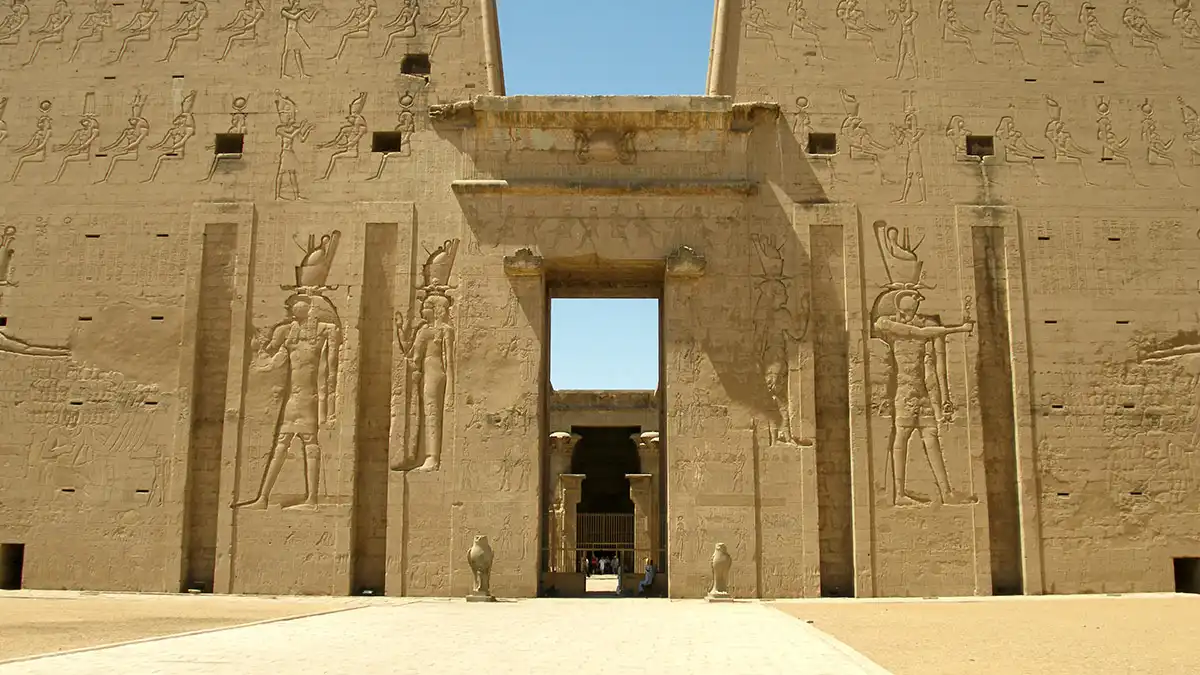
Dendera Temple Complex
The Dendera Temple Complex, particularly the Temple of Hathor, is renowned for its incredible astronomical ceiling and vibrant colors that remain remarkably intact. It’s a testament to the sophisticated understanding of the cosmos by the ancient Egyptians.Saqqara: The Step Pyramid of Djoser
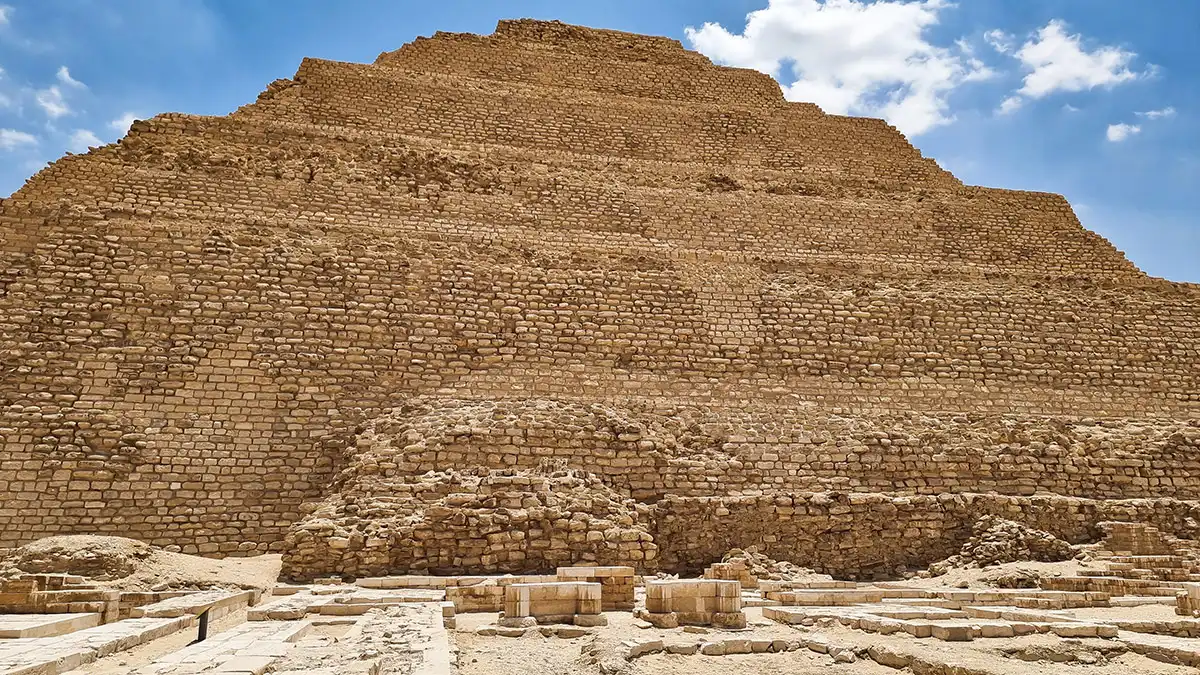
Answering Your Burning Questions About Egypt’s History
We know you have questions, and Egypt’s history is full of fascinating answers!What is the most historical place in Egypt?
While many sites vie for the title, the Giza Pyramids and the Sphinx are arguably the most universally recognized and significant historical place in Egypt. Their age, scale, and enduring mystery make them unparalleled. However, the entire Nile Valley is dotted with countless sites, each contributing to Egypt’s rich tapestry of history.What is the oldest place in Egypt?
When considering monumental structures, the Step Pyramid of Djoser at Saqqara (built around 2670 BCE) is widely considered the oldest standing major stone building in Egypt. As for human settlements, sites like Merimde Beni Salama and Faiyum A have evidence of habitation dating back even further, to the Neolithic period.What is the most historic thing ever built in Egypt?
This is subjective, but many historians and archaeologists would point to the Great Pyramid of Khufu at Giza. Its construction represents an astonishing feat of engineering and organization for its time, embodying the peak of Old Kingdom power and ingenuity. It stood as the tallest man-made structure for over 3,800 years, a testament to its enduring legacy.How many historical sites are in Egypt?
It’s difficult to provide an exact number as new discoveries are constantly being made, and many sites remain unexcavated. However, Egypt boasts thousands of registered archaeological and historical sites across the country, with hundreds accessible to the public. The Ministry of Tourism and Antiquities continually works to preserve and showcase this immense heritage.Planning Your Historical Journey: Essential Tips for Visiting Egypt’s Landmarks
To make your exploration of Egypt’s historical places as smooth and enjoyable as possible, here are some key tips:- Best Time to Visit: The cooler months from October to April are ideal to avoid the intense summer heat, making it more comfortable for exploring outdoor sites.
- How to Get Around:
- Nile Cruises: A classic and highly recommended way to see the sites between Luxor and Aswan, offering a relaxing and convenient experience.
- Internal Flights: For covering long distances (e.g., Cairo to Luxor/Aswan), domestic flights are efficient.
- Private Drivers/Taxis: Essential for flexibility, especially in cities like Cairo and Luxor. Negotiate fares or use ride-hailing apps where available.
- Guided Tours vs. Independent Exploration: While independent exploration offers freedom, a knowledgeable local guide can bring ancient sites to life with their insights and historical context. Consider guided tours for major sites like the Pyramids and Valley of the Kings.
- Safety Tips and Cultural Etiquette: Dress modestly, especially when visiting religious sites. Be aware of your surroundings, drink plenty of water, and be prepared for touts at popular tourist spots. Learn a few basic Arabic phrases – a little effort goes a long way!
- Stay Hydrated: The Egyptian sun can be intense. Always carry water.
- Sun Protection: Sunscreen, hats, and sunglasses are a must.
Exploring Egypt with Specific Interests
Whether you’re a photographer, a family with kids, or someone fascinated by ancient engineering, Egypt’s historical landscape offers something for everyone.Top 10 Famous Landmarks in Egypt: A Quick Overview
Looking for a concise list to tick off? Here’s a summary of the absolute must-see historical landmarks:- The Great Pyramids of Giza & The Sphinx
- Karnak Temple Complex, Luxor
- Luxor Temple
- Valley of the Kings, Luxor
- Abu Simbel Temples
- Philae Temple, Aswan
- Temple of Hatshepsut, Luxor
- Edfu Temple
- Kom Ombo Temple
- Saqqara (Step Pyramid of Djoser)
Egypt Landmarks Names and Pictures: A Visual Guide
Sometimes, seeing is believing! We’ve compiled a visual gallery of all the incredible sites mentioned in this guide. Click through to explore high-quality Egypt landmarks pictures and get a better sense of their scale and beauty.Famous Landmarks in Ancient Egypt: Beyond the Pharaohs
While pharaohs dominate the narrative, ancient Egypt encompasses a broader historical scope. Explore sites from the Pre-Dynastic period, Roman occupations, and Coptic Christian heritage. Consider visiting the Catacombs of Kom el Shoqafa in Alexandria, a fascinating blend of Egyptian, Greek, and Roman funerary art, showcasing the layers of history in this incredible land.
Famous Landmarks in Egypt for Kids: Making History Fun
Traveling with family? Egypt can be an incredible educational adventure for children! Focus on interactive experiences:
- Pyramids: The sheer size is captivating. Talk about how they were built!
- Egyptian Museum (Cairo): Mummies, golden masks (like Tutankhamun’s!), and ancient toys can spark their imagination.
- Nile Cruise: Kids often love being on a boat and seeing life along the river.
- Camel Rides: A memorable experience at Giza or other sites.
Frame the visit as an adventure to discover ancient secrets, turning learning into play.
Your Unforgettable Journey Through Time
Exploring the historical places in Egypt is more than just sightseeing; it’s a profound journey through the annals of human civilization. From the sun-baked sands of Giza to the serene banks of the Nile, every monument, every carving, and every artifact tells a tale of kings and commoners, gods and mortals. We hope this guide inspires you to embark on your own incredible adventure to this land of enduring wonders. Have you visited Egypt? Share your favorite historical places or tips in the comments below! We’d love to hear about your experiences.

